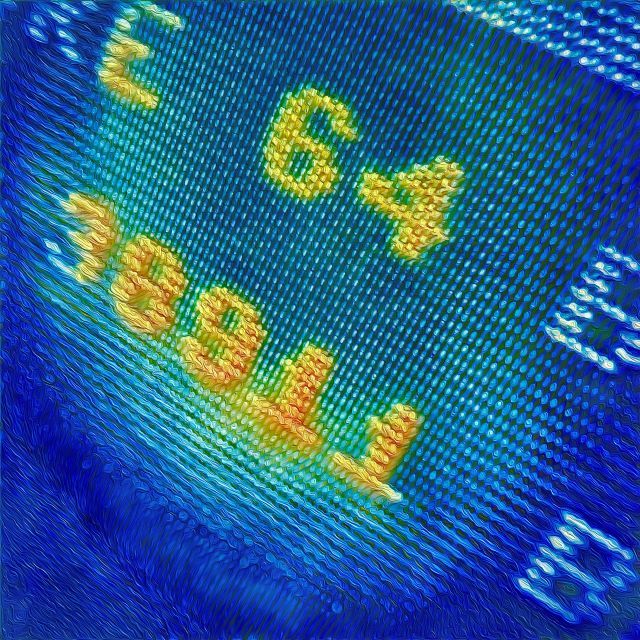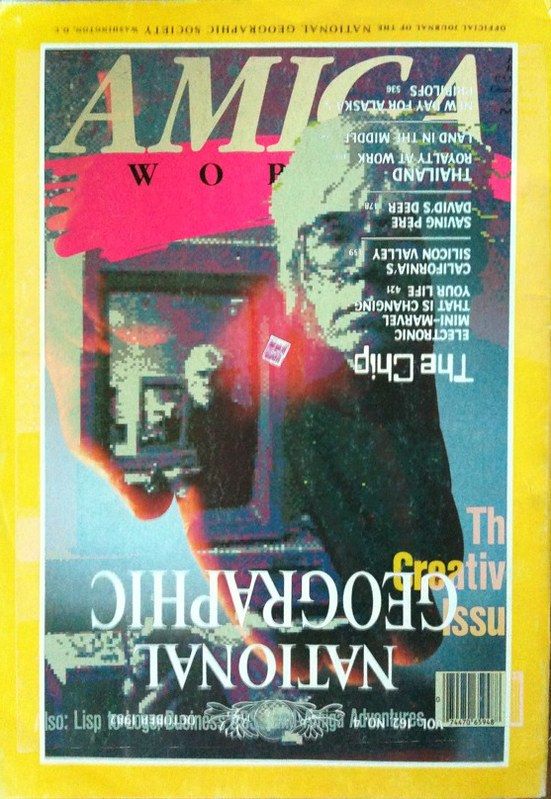Day 2: 533,088 Tiny Switches
Published by jsr,

Todays image is an homage to the 8-bit computers of yester-year (or yester-yester-yester-year). The Commodore 64 had 64K of RAM (random access memory). That's the memory that can be used to store information such as the words of a document.
One "K", or kilobyte, in those days, was equal to 1024 bytes. In theory it still is, but companies like to stretch the truth. A byte on an 8 bit computer is made up of 8 bit. A bit is like a switch; it's either on or off, a one or a zero, a true or a false. That is the foundation for the binary number system that all modern personal computers use. A bit (binary digit) is the smallest piece of indivisible information in a binary computer. But a one or a zero all by itself doesn't tell you much. You have to put a bunch of them together to mean something.
In the 8-bit computer's case, 8 bits made a byte which represent a character among other things. And if you are fast with numbers, then you might be able to figure out that with 8-bits of data you are limited to 256 different characters, i.e. there are 256 different combinations of 8 one's and zeros. Fortunately for us the English language only has 26 letters. Double that so we can account for capitals and lowercase. Throw in the numbers zero through nine. Add a bunch of punctuation and you still have a few spaces left. What to do with the unused combinations of 8 bits is a story for another day.
Back In early eighties memory was expensive and precious. The C64 was thought to have a generous amount of RAM with which to work. But by today's standards it's hard to imagine how the computer even operated. For example, a modern computer icon alone could require more storage space than an entire program back then. The trash can icon on a windows machine is between 10 to 20K. A 5.25" single sided disk, which was the standard form of storage back then held a maximum of 170K of data. One of those disks might hold roughly a dozen modern icons and nothing else.
That was all the C64 had to work with 66,636 Kilobytes. That was for programs, data, everything. Even the operating system. (The OS, if you could call it that, had to share the 64K space, thought there was a certain amount of flexibility on the programmers side as to how the memory was being used.
What's my point? Computers then and computers now are not that much different fundamentally. The very same principles govern both. The change in capacity and speed has made them seem like they are made of different stuff. But that is not so.
Next time you see a snail, or mouse or well, name pretty much any other living thing, consider that the building blocks that make up it are not very different than your own. You just have access to a lot more to more bytes.

Today's flashback is to #23. A collage of a couple magazine covers that were influential on me.
